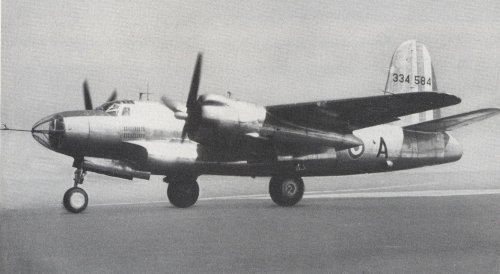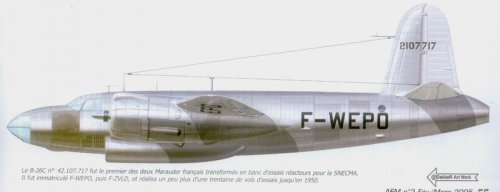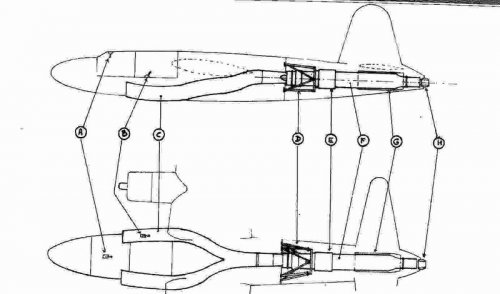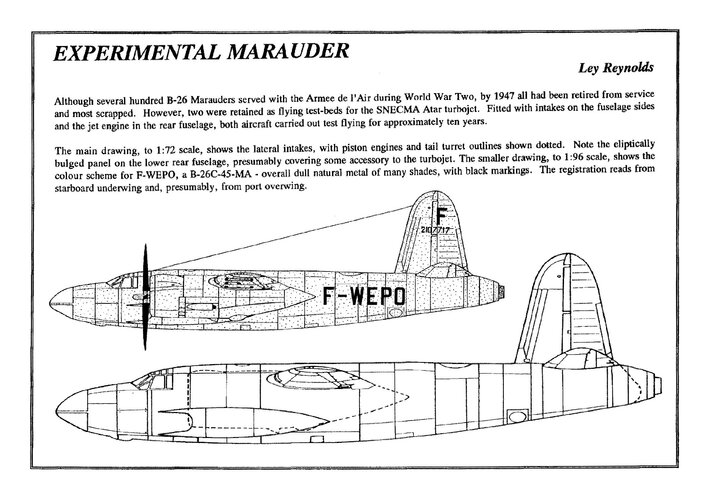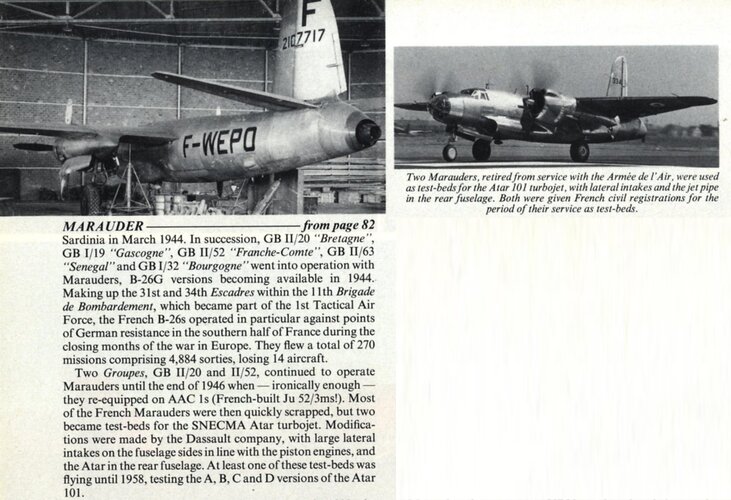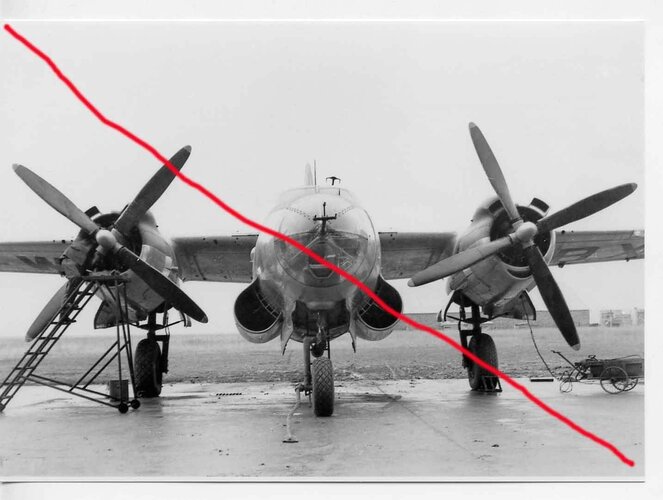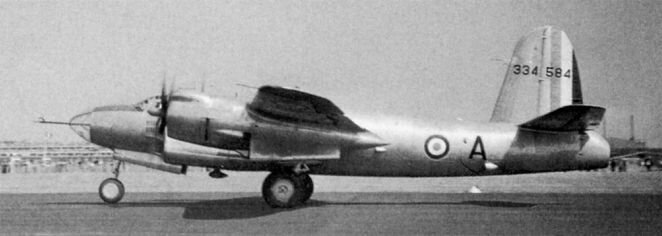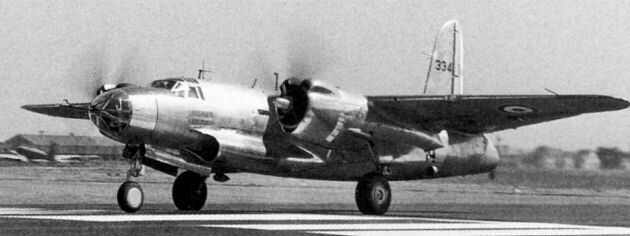Pelzig
ACCESS: Secret
- Joined
- 23 October 2008
- Messages
- 448
- Reaction score
- 75
I was rummaging around NASA's Technical Reports site and ran across a 12/11/1941 report. The abstract reads:
"Martin B-26 Marauder: This Martin B-26 was cracked up at Langley Field during some NACA tests. Langley test pilot Melvin N. Gough is believed to have been flying the aircraft. The accident occurred as a result of failure of the nose wheel to extend. According to the NACA's Albert E. Sherman, Langley was to modify the nacelles of this Martin B-26 for a proposed jet propulsion system. Fair out and extend the nacelle afterbody, seal all the air intakes, and arrange for the exhaust to be discharged from the modified nacelle at the tail opening. Exhaust boilers and jet burners added to the engine and nacelle complete the idea."
The image shows only the crashed B-26 which isn't modified.
Was this ever followed up? Or did it remain just a paper idea?
Cheers!
"Martin B-26 Marauder: This Martin B-26 was cracked up at Langley Field during some NACA tests. Langley test pilot Melvin N. Gough is believed to have been flying the aircraft. The accident occurred as a result of failure of the nose wheel to extend. According to the NACA's Albert E. Sherman, Langley was to modify the nacelles of this Martin B-26 for a proposed jet propulsion system. Fair out and extend the nacelle afterbody, seal all the air intakes, and arrange for the exhaust to be discharged from the modified nacelle at the tail opening. Exhaust boilers and jet burners added to the engine and nacelle complete the idea."
The image shows only the crashed B-26 which isn't modified.
Was this ever followed up? Or did it remain just a paper idea?
Cheers!

